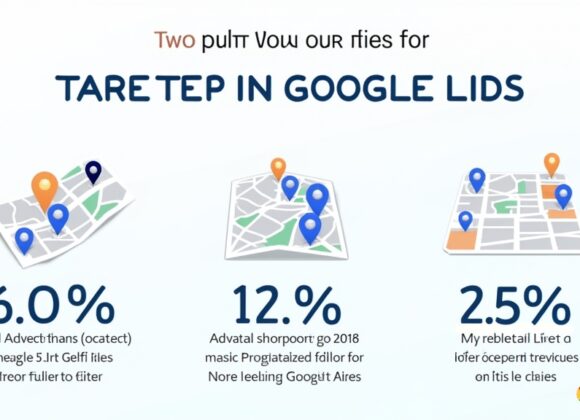Have you ever wondered why some brands instantly captivate your attention while others fade into the background? The secret lies in their visual identity. Visual identity is more than a logo. It includes the brand’s essence and represents its values and image.
It’s crucial to have a visual identity strategy. This ensures your communication is consistent and makes a lasting mark on your audience.
In this article, we will explore how to build a successful visual identity strategy. One that connects with your audience and grows your business. We’ll cover understanding brand identity and designing cohesive visual elements step by step.
Ready to unlock your brand’s true visual potential? Let’s start this journey together. We’ll find out what makes a visual identity strategy truly compelling.
The Power of a Well-Aligned Brand Strategy
A strong brand strategy is key for success in today’s market. It combines brand positioning, goals, target audience, messages, and recognition. By blending these aspects, your brand becomes distinct and attractive to customers.
First, set your business goals. Ask what you want to achieve. Whether it’s growing, making money, or entering new areas, align your strategy with these ambitions. This ensures you’re heading for success and focusing your work clearly.
Know your audience well. Who are they and what do they need? Do thorough research to understand what drives them. Then, shape your brand message to connect with their feelings and gain their loyalty.
Setting your brand apart is crucial. Find ways to beat rivals and be unique in customers’ minds. Study the market, spot openings, and use your best qualities to rise above. This strategy makes you stand out and pull in your ideal customers.
Now, craft messages that speak to your value and hit home with your audience. Make sure your message is the same everywhere, from your site to social media. Consistent messaging builds recognition and strengthens your brand’s identity.

Brand recognition is vital. It’s about how easily people link your message and look to your brand. Keep your message and visuals clear and consistent. This way, you’ll have a strong foothold in the market.
A well-thought-out strategy unites all parts of your brand. It ensures your brand is clear, unique, and remembered. With this foundation, you can grow a brand that truly connects with your audience and achieves your goals.
Defining Your Brand Identity
Defining your brand identity is key for a strong visual presence. It means figuring out your brand’s mission, vision, and values. You also need to know why your brand is special in the market. A clear brand identity is the base for a great visual strategy.
Your brand’s mission is all about its purpose and goals. It answers the question, “Why does your brand exist?” This statement needs to be short but powerful.
The vision of your brand is about where you want to be in the future. It shows the way and is a light for your brand’s journey. A strong vision boosts motivation for everyone involved.
When you lay out your values, you set the rules for your brand’s actions and choices. These values show what your brand stands for.
It’s also important to know what makes your brand unique. What makes it different from others? The special things about your brand should shine in your visual strategy. This helps your brand stand out.
In short, setting your brand identity is a vital first step for a great visual identity. It’s all about your mission, vision, values, and unique traits. This is the roadmap for your brand’s visual strategy and leads to success and recognition.
Understanding Your Target Audience
To make a brand that people love, you need to know your audience well. Market research helps you learn about their age, gender, where they live, and more. By figuring out what they like and what they need, you can make your brand connect with them better. This means designing messages and logos that speak their language.
Market research is key in finding and getting to know your target crowd. It looks into facts like how old they are, if they’re male or female, their income, education, and job. These details are the building blocks for knowing the people you want to reach.
But knowing just numbers is not enough. You also must look into psychographics, which is about their attitudes, interests, and lifestyle. This helps you really get what drives and matters to them. It guides you in making a brand that feels like it was made just for them.
Creating buyer personas is a smart move. It’s about making up characters that are perfect examples of the type of folks you want to attract. This way, you can see what they want, what stops them from buying, and how they decide. This lets you create a strategy that truly fits their world.
When you know your audience well, you can craft messages and a style that really hits home. Your logo, colors, and how you design things should match what they like. This makes your brand not just something they see but something they truly relate to.

| Demographics | Psychographics |
|---|---|
| Age | Attitudes |
| Gender | Values |
| Location | Beliefs |
| Income Level | Interests |
| Education | Lifestyles |
| Occupation |
Designing Your Visual Identity
Your visual identity is key for your brand’s strategy. It shows what your brand is about to your audience. Key things to think about include logo design, colors, fonts, photos, and what your brand stands for.
A logo is at the heart of your brand. It captures your brand’s spirit in a symbol or word. Think about brands like Nike or Apple. Their logos connect quickly with people.
Choosing the right colors is vital. Each color can make an audience feel a certain way. For example, red and yellow can show energy, while pastels feel calm. The right color mix sets you apart from others.
Fonts matter a lot in your visual identity. They help create a certain style and feel. Brands like Coca-Cola and Google are known for their unique fonts. Fonts can convey your brand’s emotions and values.
Picking the right images is also critical. Whether it’s photos, drawings, or patterns, they should fit your brand’s feel. Stick to one style in all your images, from your website to social media, to strengthen your brand’s look.
Remember to match your visual identity with your brand’s personality. Is your brand fun or serious? This choice influences all your design decisions and keeps your brand consistent.
Examples of Visual Identity Elements
| Element | Description |
|---|---|
| Logo Design | A symbol or wordmark that represents your brand. |
| Color Palette | A selection of colors that reflects your brand’s personality and evokes desired emotions. |
| Typography | The choice and arrangement of fonts that convey your brand’s tone and style. |
| Imagery | Photography, illustrations, or graphics that align with your brand’s values and evoke desired emotions. |
| Brand Personality | The human-like attributes and qualities associated with your brand. |
Design more than looks good. It’s about showing the world what your brand is. Use logos, colors, fonts, and images smartly. This will help people know and remember your brand. Always be consistent.
Building Brand Consistency Across Platforms
Consistency is key to great brand strategy. It’s vital to keep messages and looks the same. Do this on your website, social media, packages, and ads.
Being consistent helps people know and remember your brand. It makes your brand stronger and more believable. When everything looks and sounds the same, people trust your brand more.
The website is a big spot for keeping your brand consistent. Match the design and colors to your brand’s style. Also, use the same fonts and images to make a unified look.
Doing this on social media is also important. Keep your pictures, cover photos, and posts in line with your brand. Let your brand’s voice and vibe shine through in your social media too. This shows who you are and builds trust.
Remember, your packaging matters too. It should scream your brand when customers open it. This effort makes your brand look professional and caring about details.
Keeping everything the same helps customers feel your brand is whole. It makes your brand unique and easily recognizable. This is how you stand out from the competition.
Visual Identity across Platforms
Your brand’s visual identity includes its logo, colors, and images. These should look the same everywhere. This makes your brand experience feel complete.
For a clear message on your brand, think about how visual identity helps:
| Platform | Visual Identity |
|---|---|
| Website | Consistent use of brand colors, logo, and typography throughout the website design. Clear and visually appealing layouts that reflect the brand’s aesthetics. |
| Social Media | Uniform profile pictures, cover photos, and post design that reflect the brand’s visual identity. Consistent use of brand colors and imagery. |
| Packaging | Distinctive packaging design that aligns with the brand’s visual identity. Consistent use of brand colors and logo on all packaging materials. |
By keeping your visuals the same, you make your brand stronger. People will remember your brand better and get a clearer impression of who you are.
Engaging with Authenticity
Great branding isn’t just about looks. It’s about connecting with people. Being real is vital for a strong bond with your audience.
Using the same style in all your messages is key. It helps people understand who your brand is. You can pick a tone that’s helpful, friendly, or funny. Just make sure it matches what your brand stands for.
Places like social media are perfect for talking directly to your fans. Share useful stuff that shows off what you know. Responding to comments and messages helps show you care. It also builds trust.
Writing interesting articles and stories can also help. Make content that helps your readers and talks about what they care about. Use real stories that show how your brand helps people. Including different viewpoints makes more people feel welcome.
Examples of Authentic Brand Engagement
1. Purpose-driven campaigns: When you support a good cause, people notice. Patagonia is loved for its eco-friendly clothes. They run campaigns to save the environment, which their fans support wholeheartedly.
2. Real-time interactions: Being there when it counts, like at a big event, is key. Nike talks to fans live, sharing special moments and athlete talks.
3. User-generated content: Letting users share their stories is powerful. Airbnb posts guest photos to show unique travel spots. This makes followers feel more connected.
Making real connections is the heart of good branding. Staying true, being there when needed, and offering value make real fans. Stay consistent. This is how you keep friends loyal to your brand.
Adapting and Evolving Your Visual Identity
Your brand’s look is very important. It’s like the face of your business. It shows who you are and what makes you stand out. But remember, this look can’t stay the same forever.
As your business grows, your visual identity must change too. This includes your logo, colors, and the pictures you use. When you change these things the right way, your audience will understand how your brand is growing.
It’s important to keep up with what’s new in the market. Watch your competitors and the trends closely. By doing this, you can make smart changes to keep your brand inviting and appealing.
Market Feedback: A Valuable Resource
What your customers say is crucial for your brand’s look. Feedback tells you how others see you. It also points out where you can get better.
Listening to your customers is key. They can show you what parts of your look might need a refresh. This back and forth keeps your brand looking and feeling right to your audience.
Changing your brand’s look is not just about staying up-to-date. It’s also about keeping some things the same. This makes sure people still recognize you, even as you grow and change.
Don’t forget, how your brand looks can really help you stand out. By being open to change and always looking for ways to improve, you set your brand up for success in a world that’s always changing.

The Role of Visual Identity in Building Trust and Credibility
Visual identity is key in gaining trust and credibility with consumers. A strong and consistent look helps people remember your brand. This sets your brand apart and builds trust in the minds of your audience.
Consider big brands. They’re instantly familiar because of their logos, colors, and fonts. This quick recognition connects with customers on a deeper level. It makes customers feel like they know and trust the brand.
Keeping your look the same everywhere is important. It shows your brand is reliable and focused on its values. Customers like knowing what to expect from a brand. Having the same visual style helps with that.
A good visual identity means your brand looks well put together and professional. People trust brands that look serious about their image. This trust goes from your website to your ads. Everything looks trustworthy and inviting.
It’s not just about looking good. Visual identity tells your brand’s story without words. It forges an emotional link with your customers. Investing in it boosts your brand’s image and trustworthiness hugely.
Key Points:
- A captivating and consistent visual identity sets your brand apart and creates recognition.
- A well-designed visual identity fosters trust and credibility with consumers.
- Consistency across platforms reinforces your brand message and values.
- A visually appealing design communicates professionalism and attention to detail.
- Investing in a strong visual identity strengthens brand perception and trustworthiness.
Conclusion
Creating a successful visual identity is very important for businesses. It helps them stand out, be recognized, and grow. To do this, define what your brand stands for. Then, make sure your look appeals to your customers and not your rivals.
But making an eye-catching design is just the first step. Being consistent and real across all areas is crucial. This helps people remember you. And it makes them feel a true connection to what you offer.
In a world that’s always changing, your look must change too. Keeping up with what’s new can keep your brand fresh in people’s minds. This is key to staying relevant and interesting to your audience.
A strong visual identity builds trust and credibility for your brand. It’s an important investment for the future. Your business will grow by attracting more customers and by standing out in the market.
FAQ
Why is visual identity important for a brand?
Visual identity makes a brand more recognizable and leaves a lasting memory. It sets a brand apart from others in a positive way.
What is the role of brand strategy in visual identity development?
Brand strategy is essential in creating a strong visual identity. It identifies the target audience, sets the brand’s place in the market, and its unique offering. This strategy ensures a consistent message and voice for the brand.
How do you define a brand identity?
Brand identity outlines the brand’s mission and shows its unique character. It’s about what the brand stands for and how it looks and feels different.
Why is it important to understand the target audience when developing a visual identity?
Knowing the audience well helps in creating the right messaging and design. This connection builds their interest and trust in the brand.
What elements are included in a visual identity?
A brand’s visual identity consists of its logo, colors, fonts, and images. These elements reflect the brand’s character and goals.
Why is brand consistency important in visual identity?
Consistency makes a brand more memorable and trustworthy. It gives the audience a familiar and reliable experience no matter where they interact with the brand.
How can a brand engage with authenticity?
To be authentic, a brand must have a clear voice and communicate well with customers. Being available and responsive on social media helps. It shows customers the brand cares and is real.
Why is it important to adapt and evolve visual identity?
Evolving a visual identity keeps the brand in step with its audience and the market. Listening to feedback and looking at trends helps keep things fresh and relevant.
What role does visual identity play in building trust and credibility?
A strong visual identity helps customers remember and trust a brand. It shows the brand is serious, unique, and consistent, which builds a positive image in people’s minds.
What is the key to crafting a successful visual identity strategy?
The key is to have a clear plan that considers the audience and is consistently applied. It means knowing and showing who the brand is, looking good, being reliable and real, and staying current.


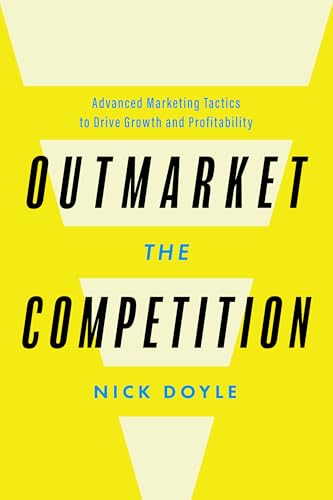




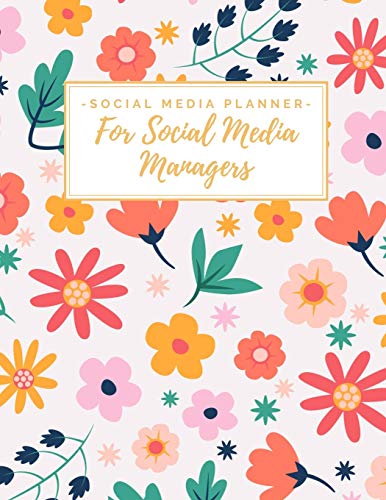


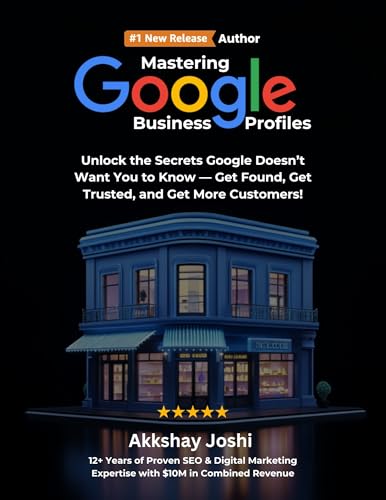
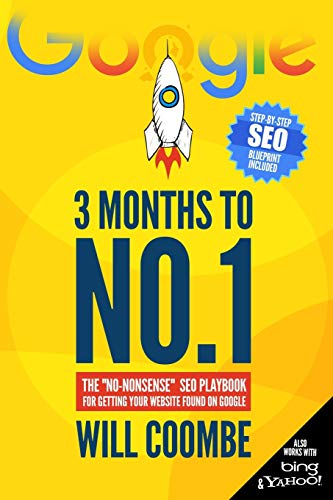


![NEEWER 55W 18"/45cm Ring Light Kit [New Version], 5600K Dimmable ...](https://m.media-amazon.com/images/I/414QLqvZWLL._AC_.jpg)






